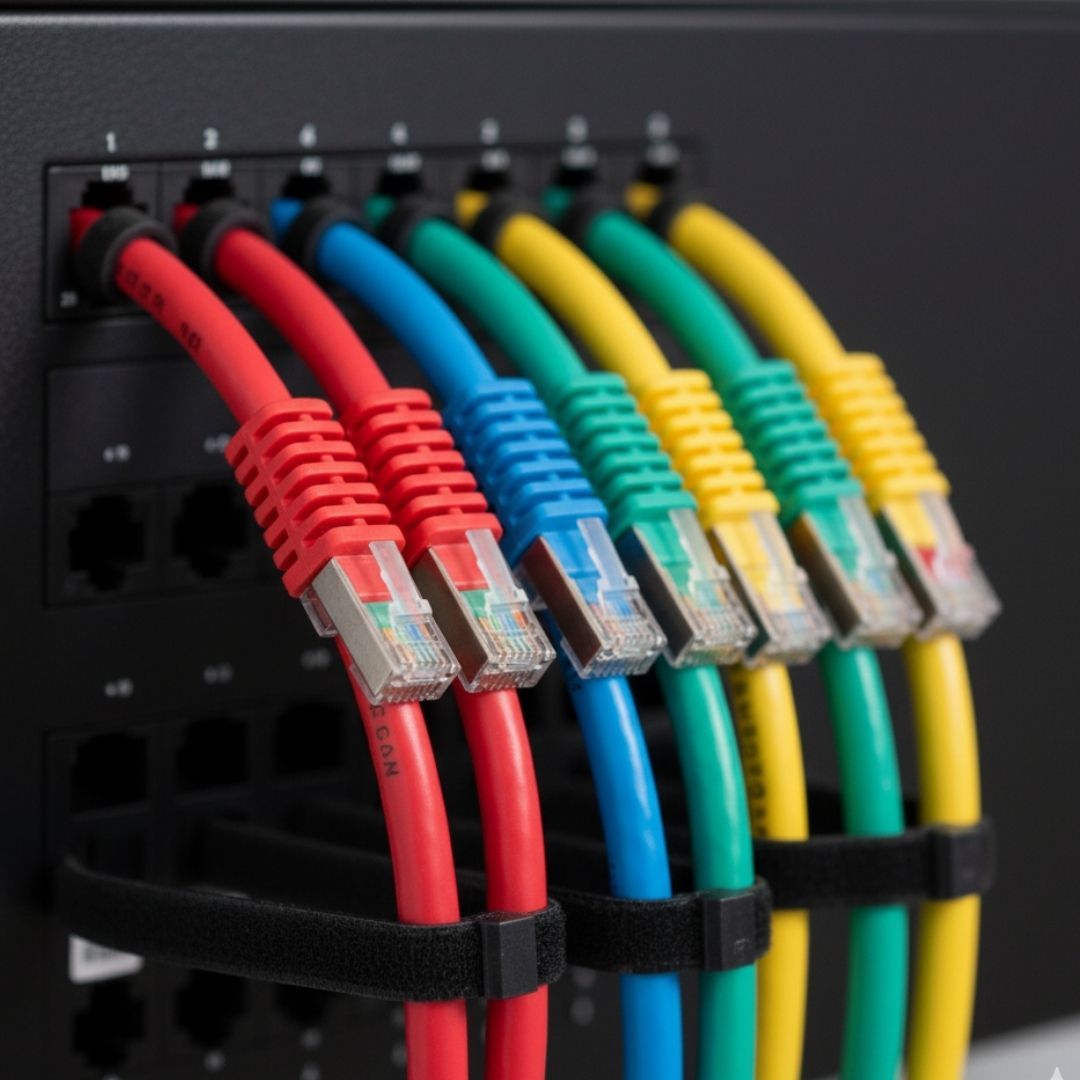Are you tired of inconsistent Wi-Fi and tangled messes of wires behind your desk? The secret to truly professional home connectivity is structured cabling. It’s an investment that boosts speed, reliability, and future-proofs your digital life. At B4 Sales, we believe every homeowner can achieve enterprise-grade performance. Learn the steps to ditch the digital frustration today!
Network Your Home Like a Pro: A Beginner's Guide to Structured Cabling

Understanding the Backbone: What Is Structured Cabling?
Structured cabling is essentially the standardized infrastructure that supports all your data and communication networks. Unlike simple point-to-point wiring, it uses a systematic approach with patch panels, organized pathways, and a central distribution area. This organized backbone ensures superior performance for everything from 4K streaming to remote work and smart home devices. It’s the essential foundation for long-term digital efficiency and speed.

Why Planning Is the Most Critical Step for Home Networks
Before pulling a single cable, meticulous planning is paramount for success. You must map out every access point, media cabinet location, and device endpoint you will need now and five years from now. Consider the type of cable—Cat6A is a smart choice for future speed demands. Planning prevents costly mistakes down the line and ensures your system supports the full capabilities of modern technology.

Essential Components for a DIY Structured Cabling Project
A successful installation relies on using high-quality components designed to work together seamlessly. Starting with reliable network cabling kits provides you with all the necessary materials in one package. You'll need Cat6A cable, patch panels, termination jacks, and a central switch. Purchasing professional-grade components from a trusted distributor ensures compatibility and the robust performance your home network deserves.

The Four Key Zones of a Residential Structured Cable Setup
Professional installers divide a home network into four distinct zones for maximum efficiency. These zones include the Entrance Facility (where the service enters the home), the Equipment Room (the main hub), the Backbone (vertical connections between floors), and Horizontal Cabling (the runs to each room). Understanding these zones simplifies the installation process and makes future troubleshooting significantly easier.
Implementing structured cabling transforms your home's connectivity from a fragile web into a robust, high-performance system. You gain stability, speed, and the peace of mind that comes with a truly professional setup. Ready to start building your own expert-level home network? B4 Sales has the high-quality products and expertise to guide you every step of the way.
